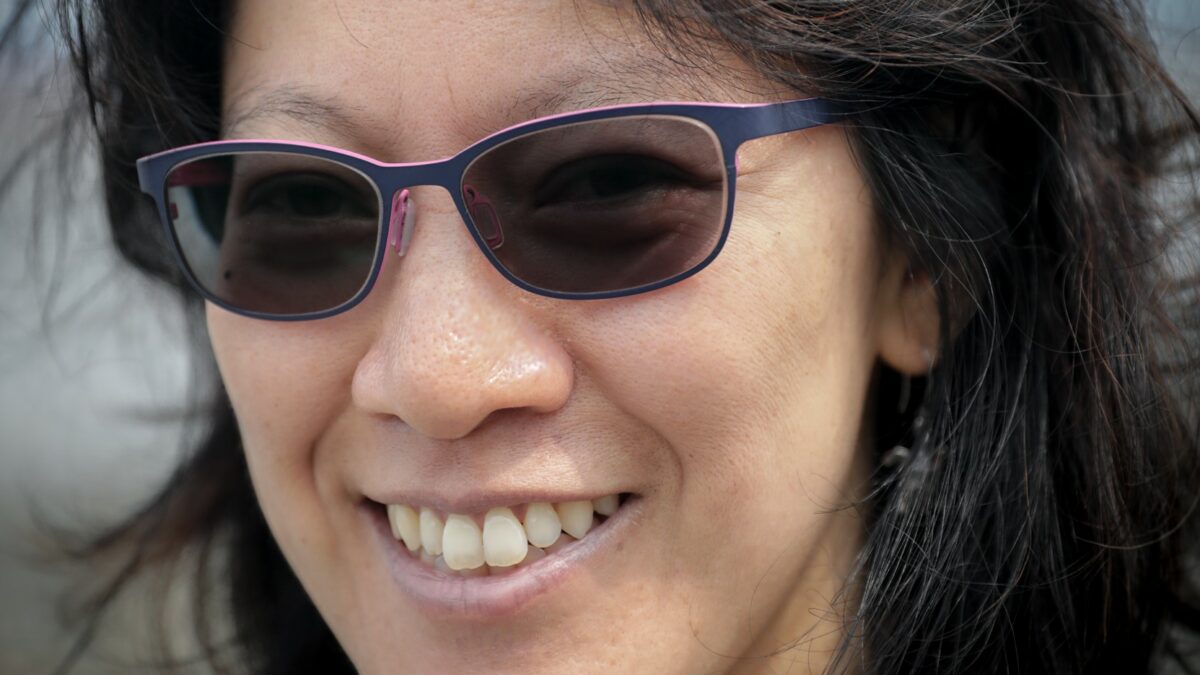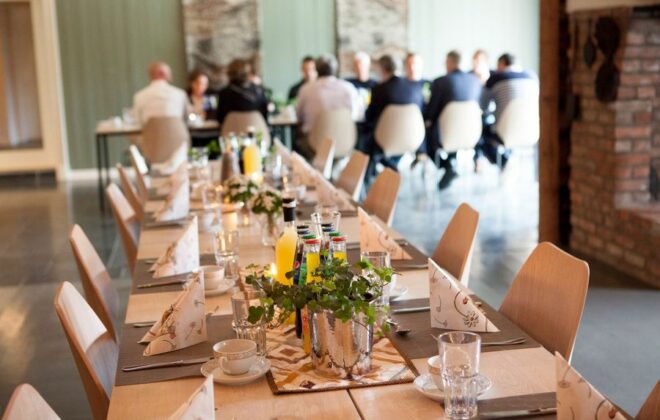Much more than expected
– It’s the first time I’ve received so much media attention for my research, says Dr Mimi E. Lam. Her article about COVID-19 values and identities is now trending big in both science and public medias.
Barely two weeks after publication the article United by the global COVID-19 pandemic: divided by our values and viral identities has been accessed by nearly 1500 people, and is ranked among the top 1% of almost 200.000 articles, published at the similar time.
The article metrics from Humanities and Social Sciences Communications, where it’s published, also shows that the article is mentioned in 25 different mainstream news outlets and blogs – from all over the world.
In addition to this, Norwegian press and national media from Mimi’s home country, Canada, wrote her story about the 16 different COVID-19 personalities.
– It’s cool, and wonderful for my research to be profiled and to generate so much discussion, says the researcher at the University of Bergen, who wrote the article while she worked in the AFINO project.

Born out of fear and love
She describes her article about the different personality types emerging during the pandemic as a product of her own way of coping with the uncertainty in the early stages of the pandemic.
– I wrote it during the national lockdown here in Norway last spring. It was born out of my initial fear of the viral threat, my reflection on the global situation, and my desire, indeed love, for our common humanity to overcome it. I was the worrier at first, but writing the article helped me transition to the realist, and later the contemplator, she reveals.
Now Mimi hopes that her ethical perspective on the pandemic can stimulate more responsive policy interventions and communications that address the different COVID-19 behavioral identities and coping strategies of people within society to be more effective in containing its spread.
Reach out and be responsive!
– It’s wonderful that the article is getting noticed so broadly, but it wouldn’t have happened if I hadn’t reached out to communications experts here at the University of Bergen, the researcher tells.
– They made my research ideas relevant, by communicating my research in a accessible and meaningful way to the public. That is something we as researchers often have difficulty doing, she says.
She therefore recommends other researchers to collaborate with communications specialists not only to ensure your research is communicated accurately, but also to benefit from their expertise.
– A good advice is also to be responsive when you’re contacted by journalists or the media, and to take advantage of the potential synergy created by the media attention to build on its momentum to disseminate your research and engage with your peers, she encourages.




